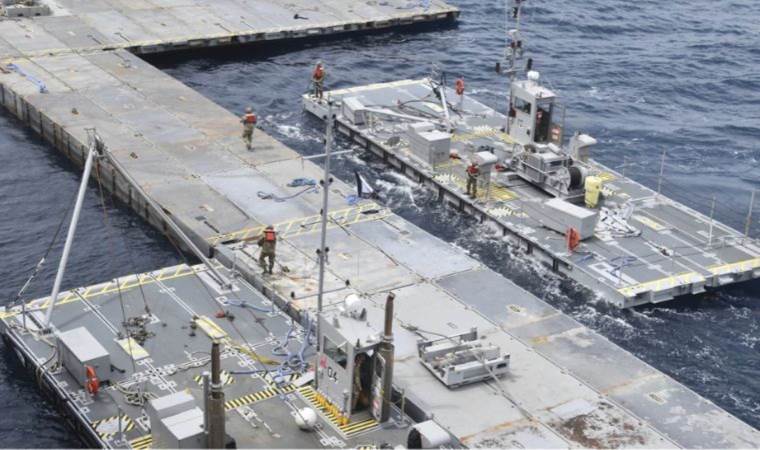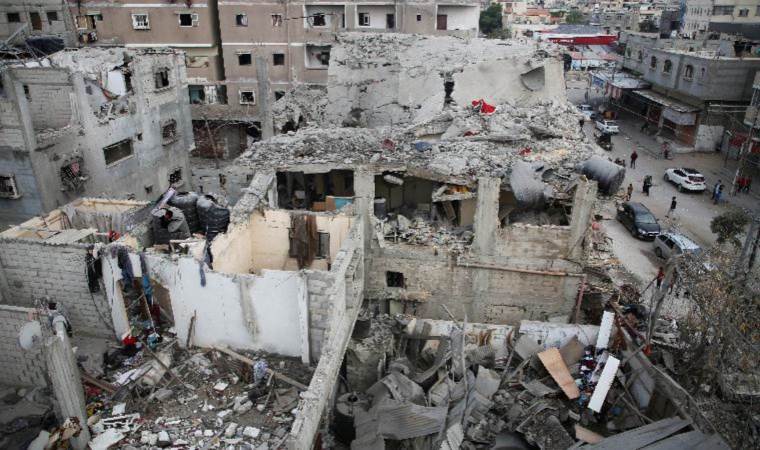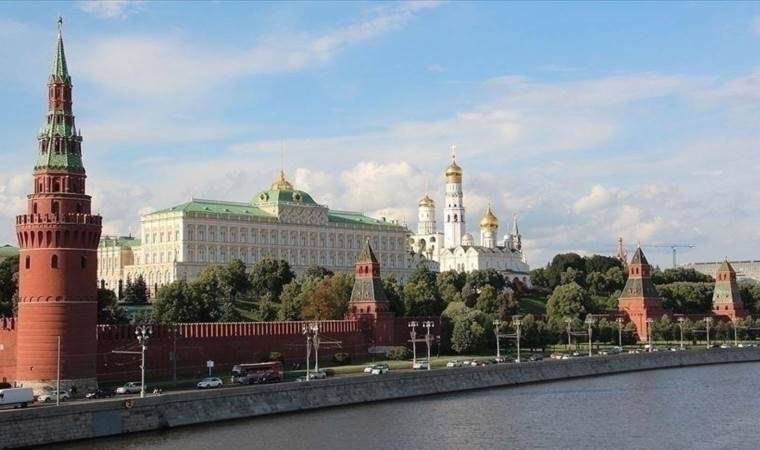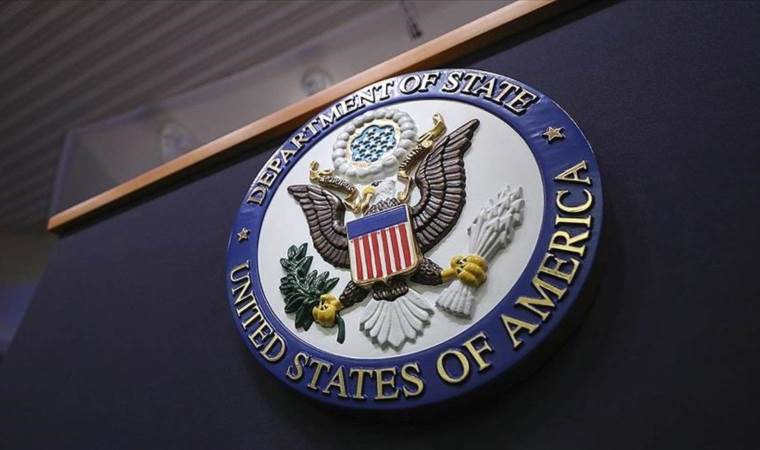US anchors aid pier to Gaza beach but distribution plans uncertain
The United States anchored a temporary floating pier to a beach in Gaza on Thursday to boost aid deliveries, but Washington is facing the same challenges that have beset the United Nations and relief groups for months when it comes to distributing assistance to the war-torn enclave.

These include working in a war zone to stave off a looming famine and a dire shortage of fuel for aid trucks. The United Nations also has yet to finalize its involvement in the distribution of aid once it comes off the pier.
Trucks carrying humanitarian assistance are expected to begin moving ashore in the coming days, U.S. Central Command said in a statement announcing the anchoring of the pier. But aid agencies said there were challenges still to be resolved.
"Once you get food or supplies into the Gaza Strip, whether it's from the pier or crossing points, there is no security and ... there's no fuel," said Bob Kitchen, the International Rescue Committee's vice president for emergencies.
President Joe Biden announced the pier in March as aid officials implored Israel to improve access for relief supplies into Gaza over land routes. By opening a route to deliver aid by sea, the U.S. hopes to combat the humanitarian crisis that has put hundreds of thousands of people at risk of famine.
The project has been expensive and slow.
Bad weather has delayed the pier that is estimated to cost $320 million and involve 1,000 U.S. troops. The U.N. has been adamant that maritime access was no substitute for land, which needed to remain the focus of aid operations in Gaza.
The United Nations and aid groups have long complained of the dangers and obstacles to getting aid in and distributing it throughout Gaza.
The U.N. has so far lost 191 staff - including its first foreign staff member on Monday - during the more than seven-month-long war between Israel and Palestinian militants Hamas in the coastal enclave of 2.3 million people.
"The first few days of any operation like this, there will be a lot of trial and error," said a U.N. official, speaking on condition of anonymity. "And we just hope that this trial and error doesn't end up in someone getting killed."
Israel is retaliating against Hamas over an Oct. 7 attack in which Israel says militants killed about 1,200 people and took more than 250 people hostage. Gaza health authorities say Israel has killed more than 35,000 people in Gaza since then.
Top U.N. officials and aid groups accuse Israel of impeding aid deliveries into and within Gaza, but Israel denies that it has constrained aid operations and instead blames the United Nations for any problems.
A COMPLEX PATH FOR AID
Aid deliveries via the maritime corridor are already on the way. A British shipment of nearly 100 tonnes of aid left Cyprus on Wednesday, while a U.S.-flagged vessel left Cyprus last week.
U.S. officials have said the pier would initially handle 90 trucks a day, but that number could go to 150 trucks.
The United Nations has said 500 trucks a day are needed to enter Gaza. In April, it said the highest volume of humanitarian and commercial supplies that have entered Gaza since the war started has been an average of 189 trucks a day.
But aid access has dwindled since Israel began a military operation in Gaza's southern Rafah region.
A severe fuel shortage in Gaza has forced the U.N. to ration diesel and warn that aid operations could be shut down.
A U.S. official and a source with knowledge of the situation said on condition of anonymity that there was enough fuel on hand for the United Nations to begin the pier operation.
The Israeli military, the source said, agreed to make sufficient supplies available for the operation "on a regular, predictable" basis.
Once on land, the U.S.-delivered aid will follow a challenging, and still uncertain, path to reach Gaza civilians.
The plans announced by Biden in March called for aid to be shipped from Cyprus, where Israel will first inspect the cargoes. U.S. troops will not step ashore.
Instead, according to U.S. and U.N. officials, a third party will collect the aid from the pier, drive it a short distance and then offload it for U.N. collection. The U.N. official said another third party - contracted by the U.N. - will load the aid on to trucks and take it to distribution points across Gaza.
The U.N. official said there is a plan for U.N. staff to be stationed near the pier to oversee and direct aid trucks to distribution points throughout Gaza, but that it has not yet been approved by the U.N. Department of Safety and Security.
A U.N. team visiting the pier site late last month had to shelter in a bunker after the area came under fire. The U.N. has been concerned about ensuring neutrality by remaining an appropriate distance from the Israeli military, which will provide security and logistics support for the pier.
The U.N. official said "at no point" will there be any contact between the Israeli military and U.N. staff.
When asked about the talks between the U.S. and the U.N. on the delivery of aid from the pier, deputy U.N. spokesperson Farhan Haz said on Wednesday: "The discussions are ongoing."
Most Read News
-
 Pope Francis dies at 88 after prolonged illness: Vatican
Pope Francis dies at 88 after prolonged illness: Vatican
-
 Kremlin ‘satisfied’ with US position ruling out NATO mem
Kremlin ‘satisfied’ with US position ruling out NATO mem
-
 Russia, Ukraine report airstrikes as Putin’s Easter ceas
Russia, Ukraine report airstrikes as Putin’s Easter ceas
-
 Trump ‘values’ talks with Japan, says Premier Ishiba ami
Trump ‘values’ talks with Japan, says Premier Ishiba ami
-
 US scales back development, diplomatic presence in Afric
US scales back development, diplomatic presence in Afric
-
 Israel bans Palestinian minister from occupied West Bank
Israel bans Palestinian minister from occupied West Bank
-
 At least 33 civilians killed in RSF shelling of Sudan’s
At least 33 civilians killed in RSF shelling of Sudan’s
-
 Gold price exceeds $3,400 to reach new record high amid
Gold price exceeds $3,400 to reach new record high amid
-
 China sanctions US lawmakers, officials, NGO heads
China sanctions US lawmakers, officials, NGO heads
-
 El Salvador’s president calls on Maduro to release Venez
El Salvador’s president calls on Maduro to release Venez













